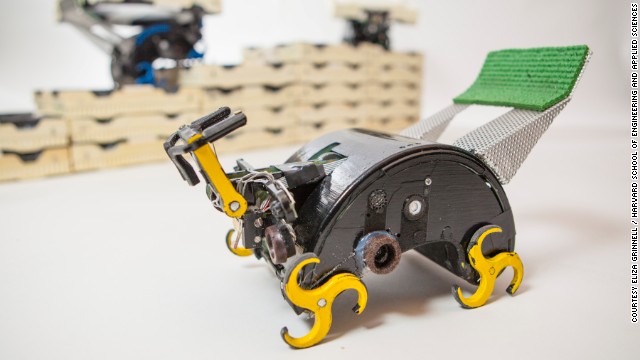When Adrienne first let me know about termite robots, I was ready to see something like the previous post on roaches.
I was pleasasntly surprised to read these are just termite-inspired robots, not actual termites with controls attached.

(Source)
And they're kind of adorable.
But this is the Terrifying Robots series, afterall, so what do we have to fear from these little creatures?
HOW ABOUT THE FACT THAT THEY'RE SOCIAL? They learn by monitoring their environment and each others actions. Social, learning robots are always terrifying because what happens if someone goes in and changes their code? What if their orders get changed? Has no one seen Eureka and the little robot mites?
Of course, not having to send humans into dangerous environments to do construction is a benefit, but that's always how these robotic revolutions start, isn't it? Take a look: